UV Curing Systems: Precision Repairs for a Brighter Future
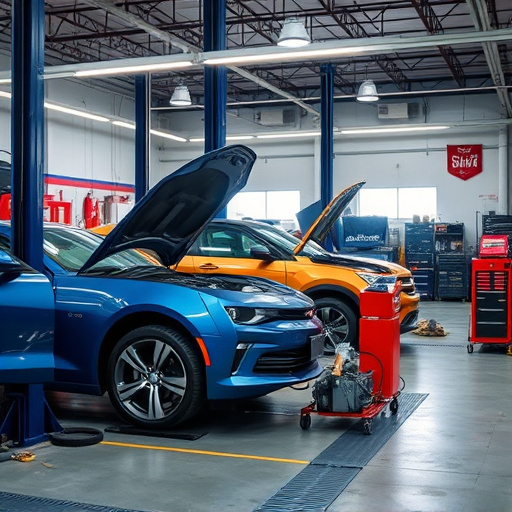
UV curing systems revolutionize vehicle paint repair with unparalleled precision and efficiency, red…….
In today’s advanced manufacturing and materials science landscape, UV (ultraviolet) curing systems have emerged as a powerful technology, offering unparalleled speed, precision, and versatility in various industries. These systems utilize focused ultraviolet light to initiate chemical reactions, leading to the rapid curing or hardening of materials, such as adhesives, coatings, inks, and resins. This article delves into the intricate world of UV curing systems, exploring its history, global impact, technological advancements, and future potential while also addressing challenges and policy considerations. By the end, readers will gain a comprehensive understanding of this innovative technology and its transformative effects on numerous sectors.
Definition and Core Components: UV curing systems are advanced technologies designed to cure or cross-link polymeric materials through the absorption of ultraviolet light. The primary components include a UV lamp (emitting specific wavelengths), a control system to regulate exposure time, and a material container or applicator. In some cases, a vacuum or inert gas environment is employed to ensure optimal curing conditions, especially for sensitive compounds.
Historical Context: The concept of using ultraviolet light for curing dates back to the early 20th century when scientists discovered the unique properties of UV radiation. However, practical applications emerged in the late 1950s and 1960s with advancements in lamp technology and the understanding of polymer chemistry. Early UV curing systems found utility in the pharmaceutical industry for sterilizing equipment and solutions. Over time, the technology evolved to include more efficient lamps, advanced control systems, and a broader range of applications across various industries.
Significance: UV curing offers several advantages over traditional heating or chemical reactions:
Speed: UV light can initiate curing reactions almost instantaneously upon contact with the material, leading to significantly faster processing times compared to conventional methods.
Precision and Control: Modern systems allow for precise control of exposure duration, intensity, and wavelength, enabling high-resolution patterning and complex design possibilities.
Versatility: UV curing is applicable to a wide range of materials, including various polymers, resins, inks, and coatings used in manufacturing, electronics, healthcare, and construction industries.
Fitting into the Broader Landscape: UV curing systems are an integral part of advanced manufacturing processes, particularly in sectors such as:
Electronics Assembly: Used for bonding and sealing electronic components, encapsulating chips, and printing circuit boards with high precision and speed.
3D Printing and Additive Manufacturing: Enhances the quality and strength of printed parts by quickly curing resin layers, enabling faster production rates and improved resolution.
Coating and Adhesive Applications: Offers a fast and efficient way to apply coatings, paints, and adhesives in industries like automotive, aerospace, and construction.
Medical Devices: Sterilizes medical equipment and materials, ensuring a rapid and effective disinfection process.
UV curing systems have left an indelible mark on the global landscape, with its adoption driven by factors such as technological advancements, environmental concerns, and economic efficiencies.
International Influence: The impact is evident across multiple regions:
| Region | Key Applications | Growth Drivers |
|---|---|---|
| North America | Electronics assembly, printing industries | Strong focus on research and development, early adopter of advanced technologies |
| Europe | Automotive manufacturing, coatings industry | Stringent environmental regulations for emissions reduction |
| Asia-Pacific | 3D printing, construction | Rapid industrialization, growing demand for efficient and sustainable manufacturing |
| Middle East & Africa | Oil and gas infrastructure, medical devices | Rising investment in healthcare and renewable energy sectors |
| Latin America | Packaging, textiles | Expanding consumer goods industries, focus on local manufacturing |
Trends Shaping the Trajectory:
Sustainability Focus: There is a growing trend towards eco-friendly UV curing systems, with manufacturers exploring water-based and low-VOC (volatile organic compound) formulations to reduce environmental impact.
Integration with Automation: The integration of UV curing processes into automated manufacturing lines is increasing, enhancing efficiency and reducing labor costs.
Miniaturization: Advancements in LED technology have enabled the development of compact UV curing systems suitable for intricate and precise applications, such as microfluidics and medical device assembly.
Remote Curing and Control: Remote-controlled UV systems are being developed for specialized applications, offering enhanced safety and flexibility.
The economic implications of UV curing systems are profound, influencing various sectors and global markets.
Market Dynamics:
Investment Patterns:
Economic Impact:
Continuous technological innovations have propelled UV curing systems to new heights, opening doors for a wide range of applications.
Key Advancements:
LED-Based Curing: The development of high-power LED lamps has revolutionized UV curing by offering higher energy efficiency, longer lamp life, and improved control over exposure duration.
Digital Control Systems: Advanced digital controls enable precise power regulation, dynamic exposure patterns, and remote monitoring, allowing for complex curing profiles tailored to specific materials.
Multi-Wavelength Curing: Researchers have introduced systems that use multiple UV wavelengths, optimizing curing processes for different materials and applications. This technology enhances efficiency and reduces energy consumption.
Integration with IoT (Internet of Things): Smart sensors and IoT connectivity enable real-time monitoring of curing processes, predictive maintenance, and remote system control, enhancing overall system performance.
Future Potential:
The development and deployment of UV curing systems are subject to various policies and regulations, ensuring safety, environmental protection, and responsible innovation.
Key Policies and Frameworks:
Influence on Development: These policies shape the research and development agenda by encouraging innovation while ensuring product safety and environmental sustainability. Manufacturers must stay informed about regulatory changes to maintain compliance and market access.
Despite its numerous advantages, UV curing systems face certain challenges that require strategic solutions.
Main Challenges:
Initial Cost and Implementation: The upfront cost of purchasing specialized equipment and training can be a significant barrier for smaller manufacturers, hindering widespread adoption.
Material Compatibility: Not all materials are suitable for UV curing, and finding compatible curable compounds for specific applications remains a challenge.
Health and Safety Concerns: While modern systems have reduced risks, exposure to UV radiation still poses potential health hazards, requiring strict safety protocols during operation.
Proposed Solutions:
Case Study 1: Electronics Assembly
Company: TechPro Manufacturing (USA)
TechPro Manufacturing adopted UV curing systems in their electronics assembly line to bond and seal fragile components, replacing a time-consuming thermal curing process. The results were remarkable:
Case Study 2: Medical Device Manufacturing
Organization: BioMedTech Innovations (Europe)
BioMedTech Innovations utilized UV curing for the rapid disinfection of medical device components, ensuring sterile products without compromising material integrity.
Case Study 3: 3D Printing Revolution
Startup: NovaPrint (Asia-Pacific)
NovaPrint developed a novel UV-curable resin for 3D printing, enabling faster printing speeds and improved resolution.
The future of UV curing systems is filled with promising growth areas, emerging trends, and strategic considerations.
Potential Growth Areas:
Emerging Trends:
Strategic Considerations:
UV curing systems have emerged as a transformative technology, revolutionizing industries worldwide with its speed, precision, and versatility. From electronics assembly to 3D printing, medical devices to construction, its impact is profound and far-reaching. This article has provided an in-depth exploration of UV curing’s history, global influence, technological advancements, economic considerations, challenges, and future prospects.
As the technology continues to evolve, UV curing systems will play a pivotal role in shaping the manufacturing landscape of tomorrow. With its ability to drive efficiency, enhance product quality, and support sustainable practices, UV curing offers a promising path forward for industries seeking cutting-edge solutions. By embracing these advancements and addressing challenges proactively, manufacturers can harness the full potential of UV curing technology, driving innovation and growth in their respective sectors.

UV curing systems revolutionize vehicle paint repair with unparalleled precision and efficiency, red…….
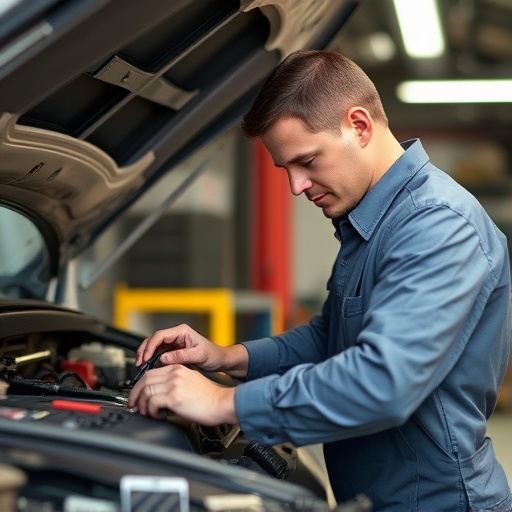
UV curing systems revolutionize automotive repairs with swift, efficient, and eco-friendly methods……..

UV curing systems revolutionize autobody repairs with speed, precision, and sustainability. They cut…….
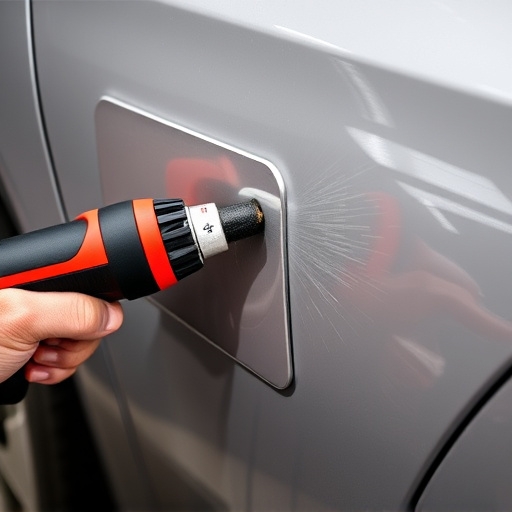
UV curing systems transform car repair by drastically cutting drying times, enhancing quality and du…….

UV curing systems are transforming auto shops by drastically reducing repair times and enhancing pai…….
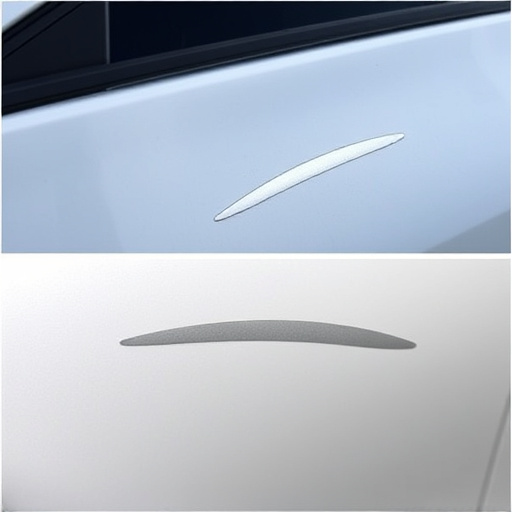
UV curing systems revolutionize industries by swiftly drying and hardening coatings, adhesives, and…….
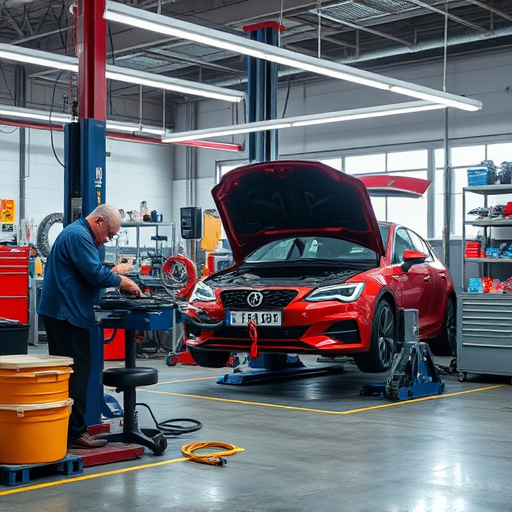
UV curing systems transform auto shops by offering a swift, green alternative to traditional methods…….

UV curing systems are transforming auto repair by dramatically reducing curing times for paint and a…….

UV curing systems revolutionize industries like automotive restoration and hail damage repair with s…….
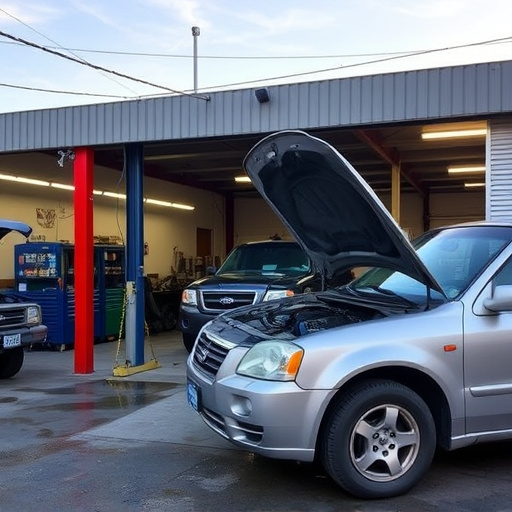
UV curing systems revolutionize collision repair by offering swift, efficient solutions for drying a…….